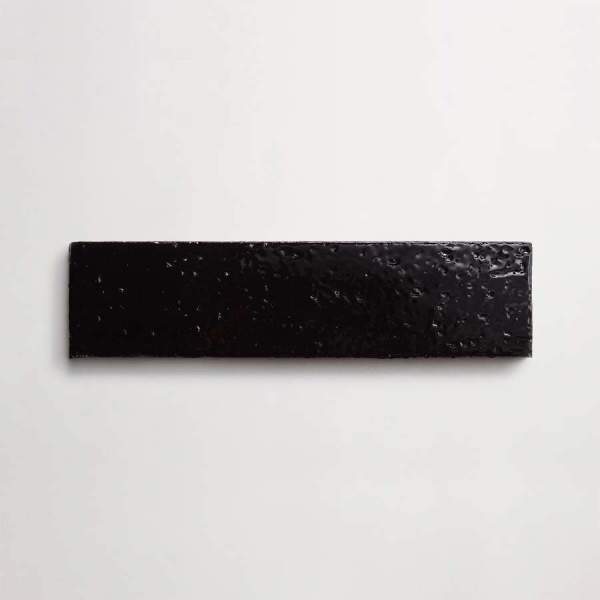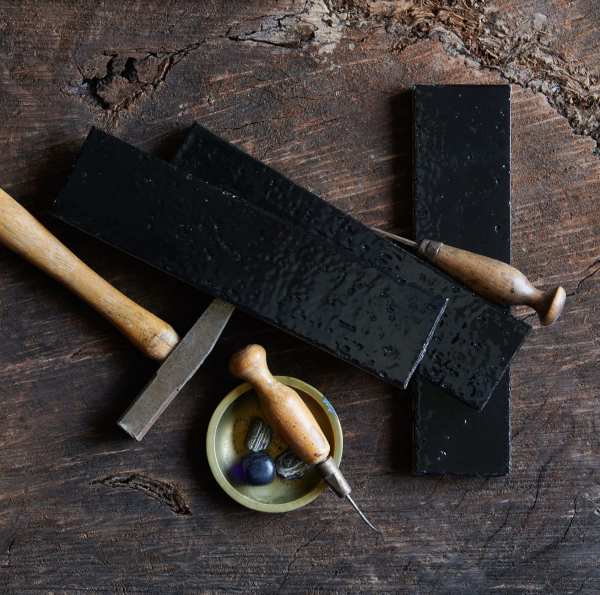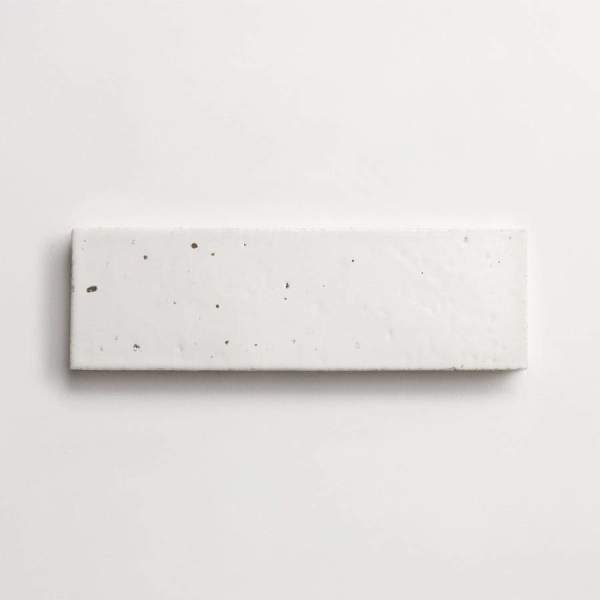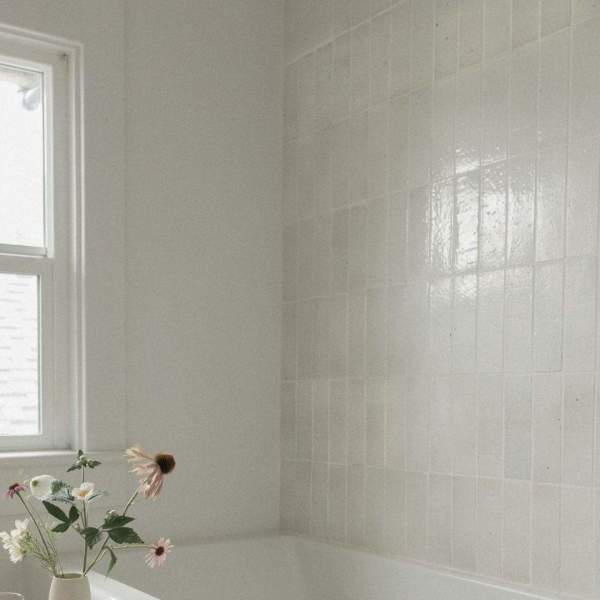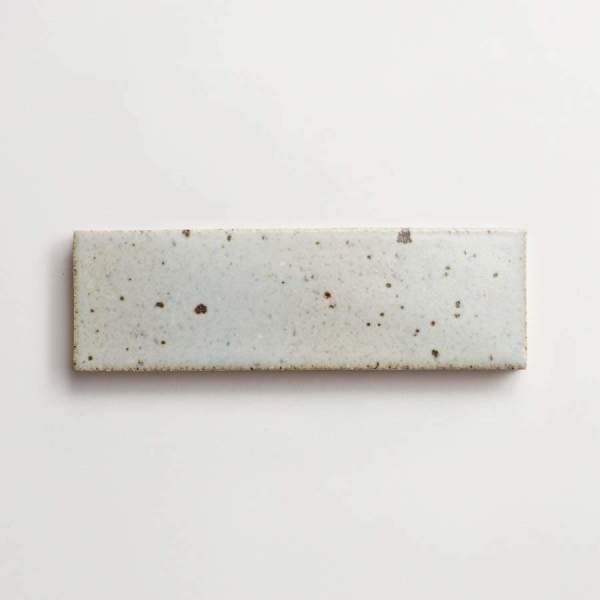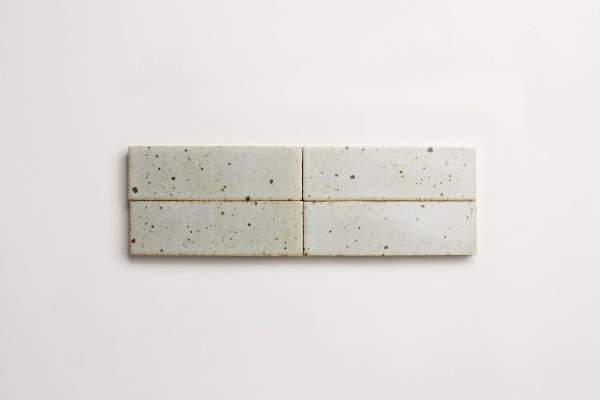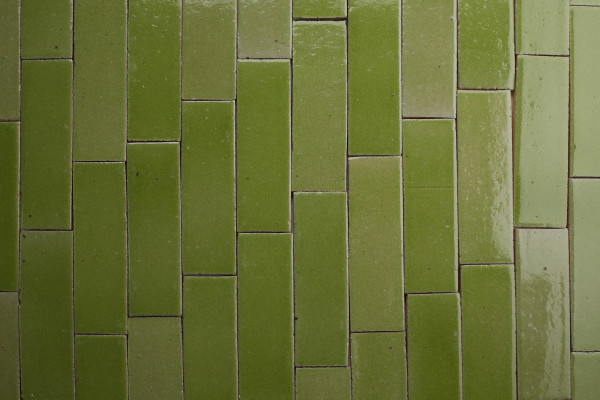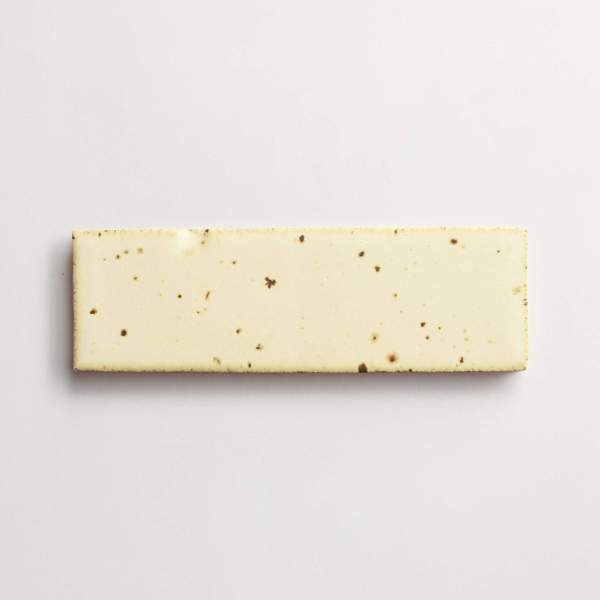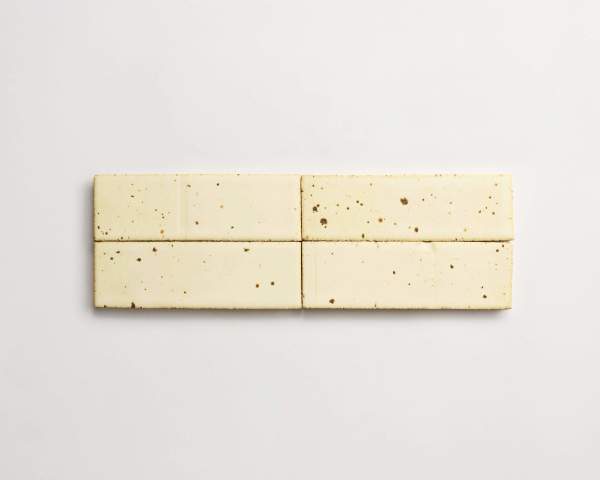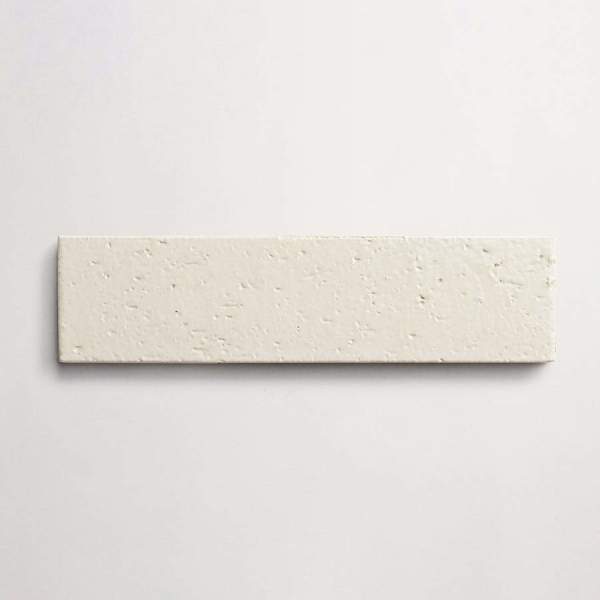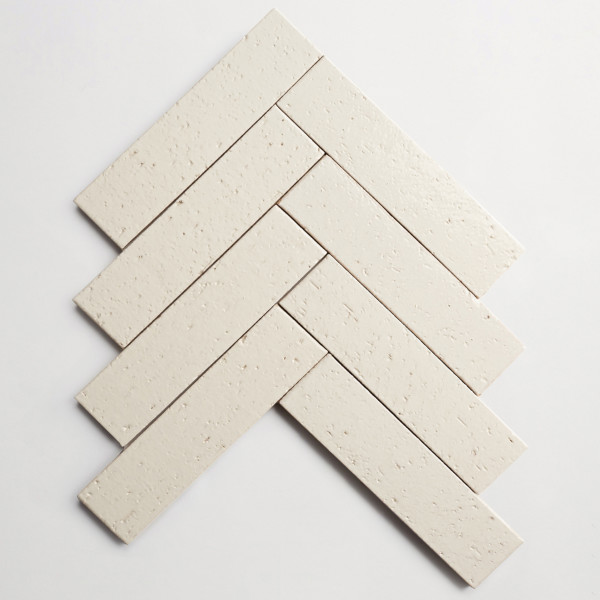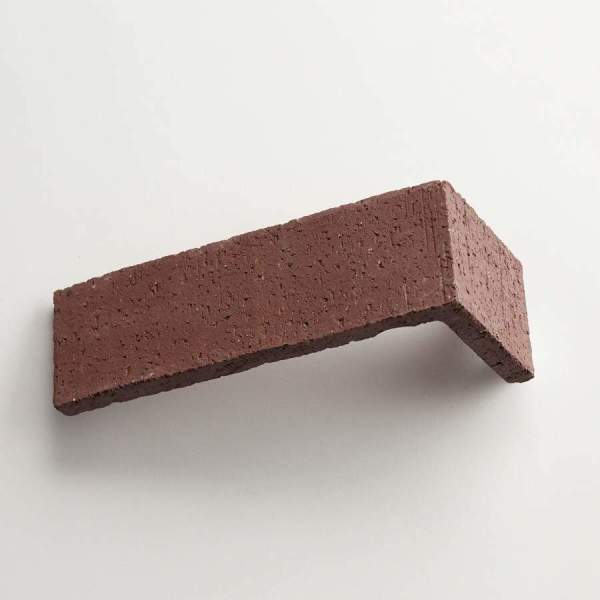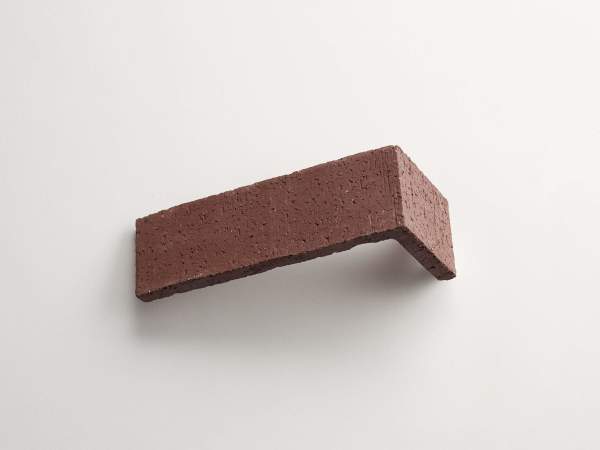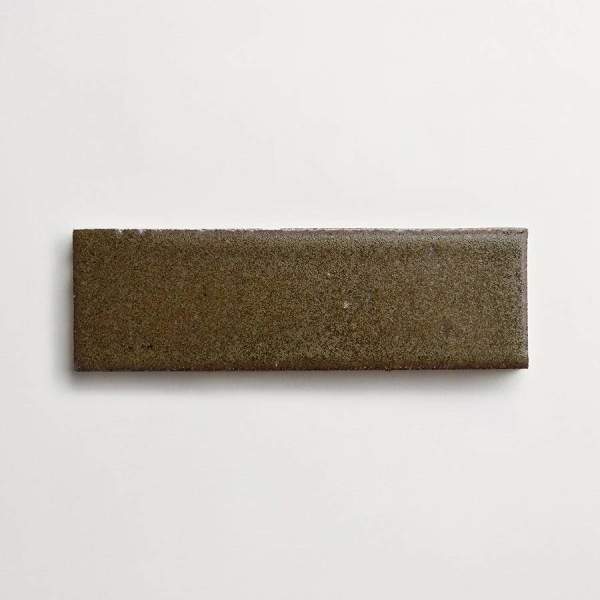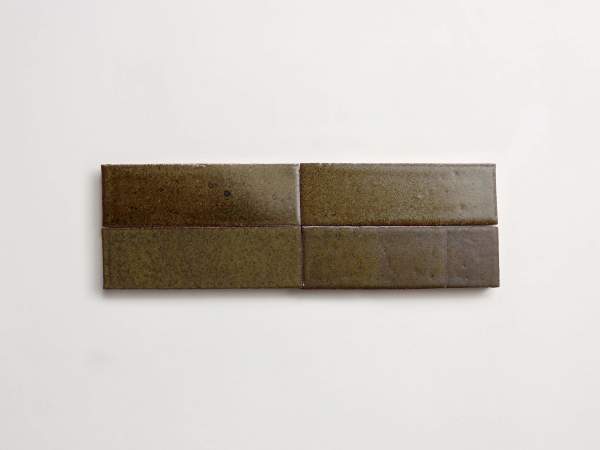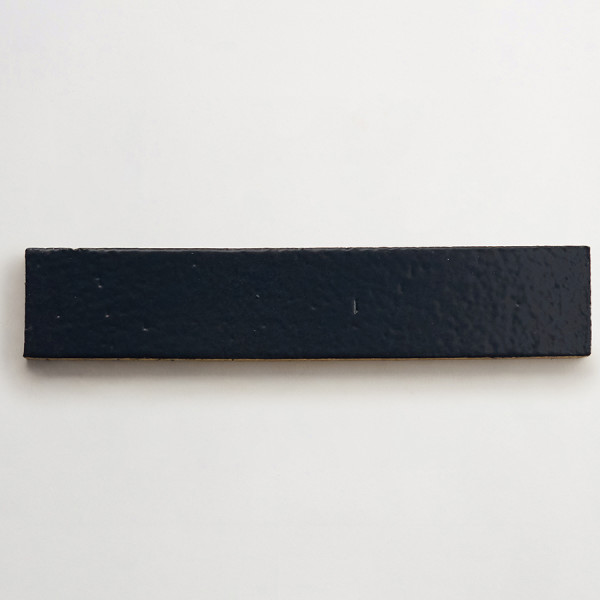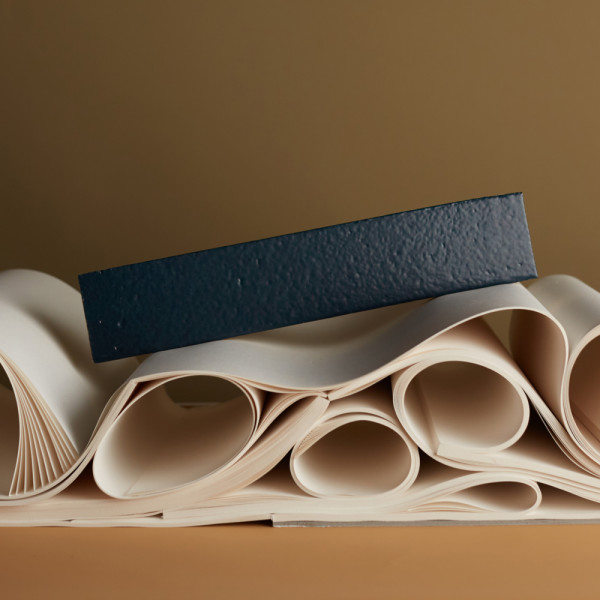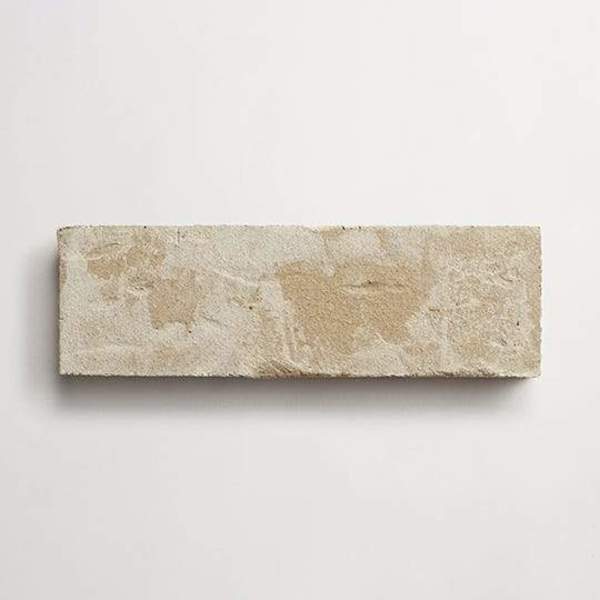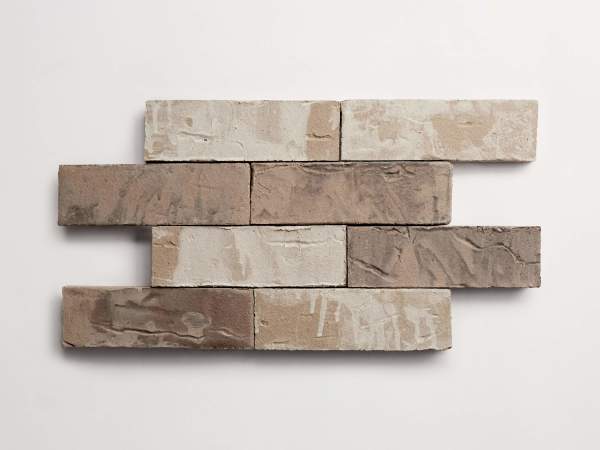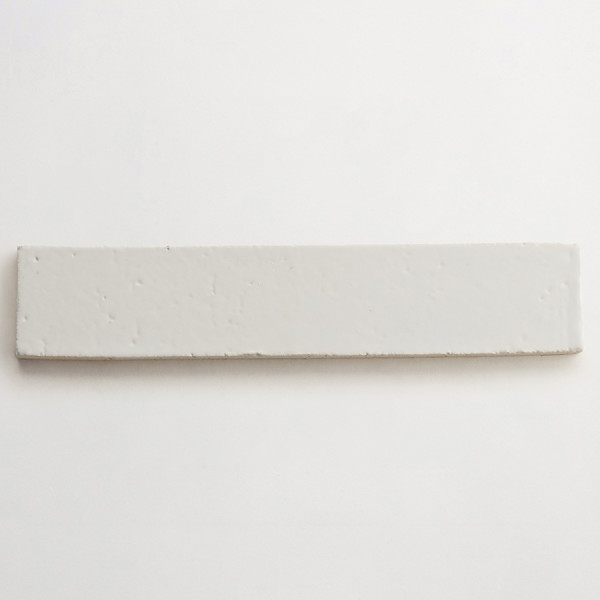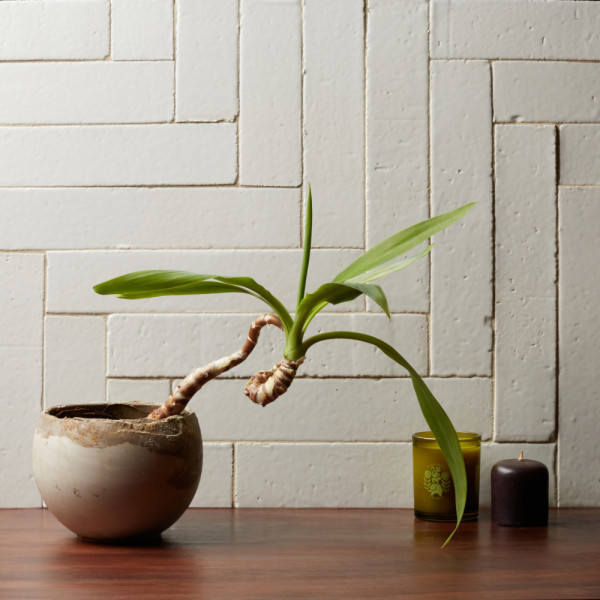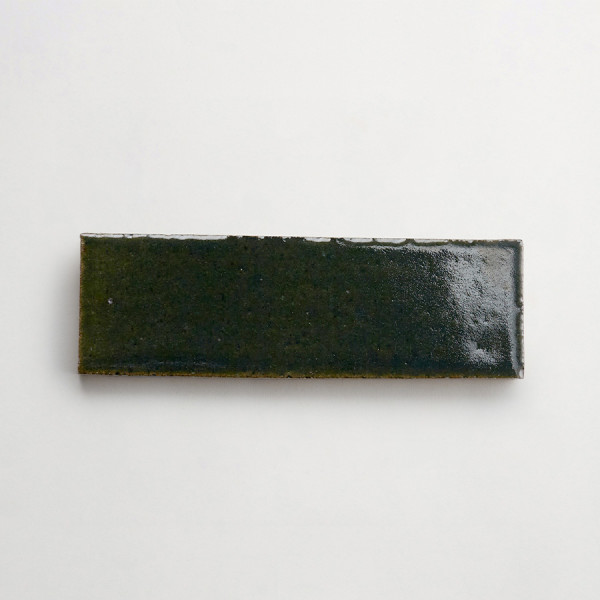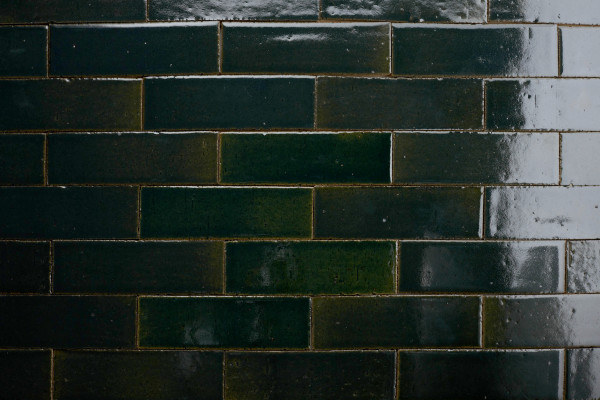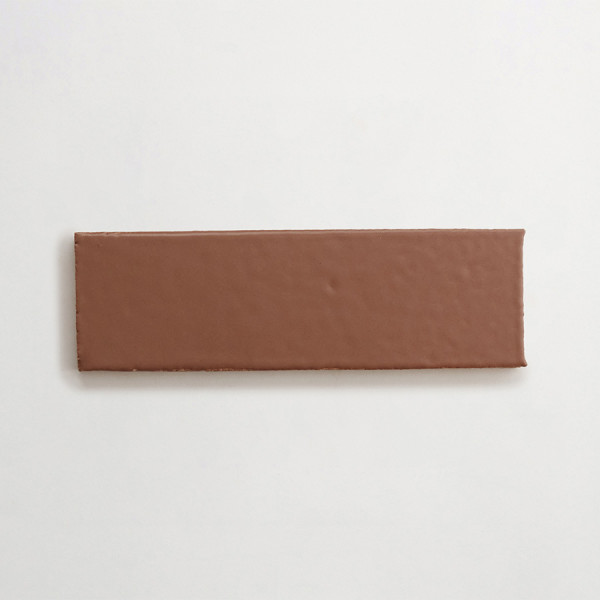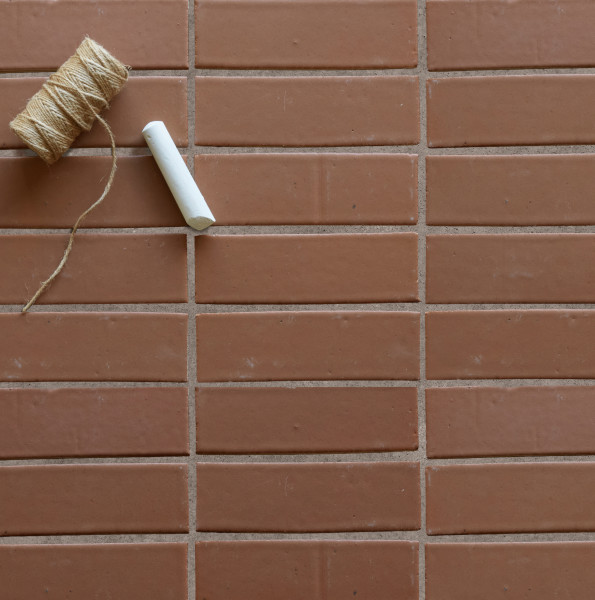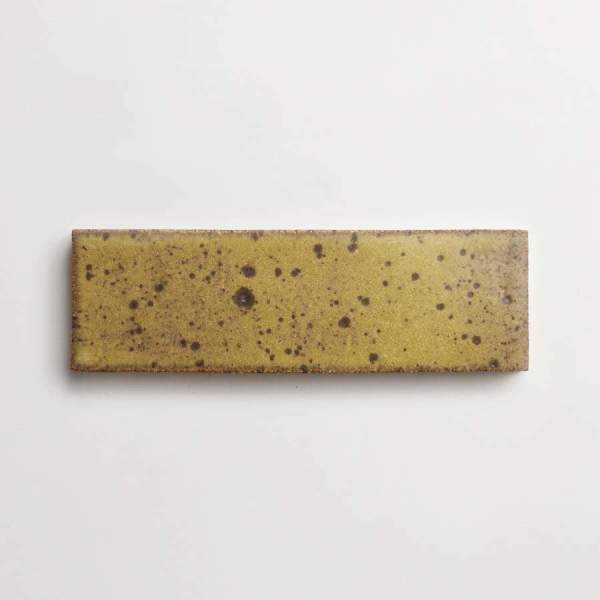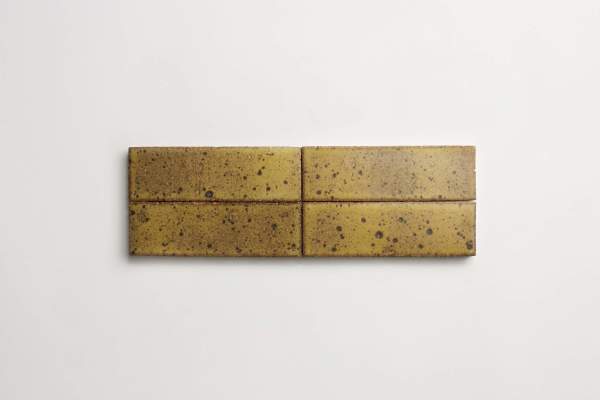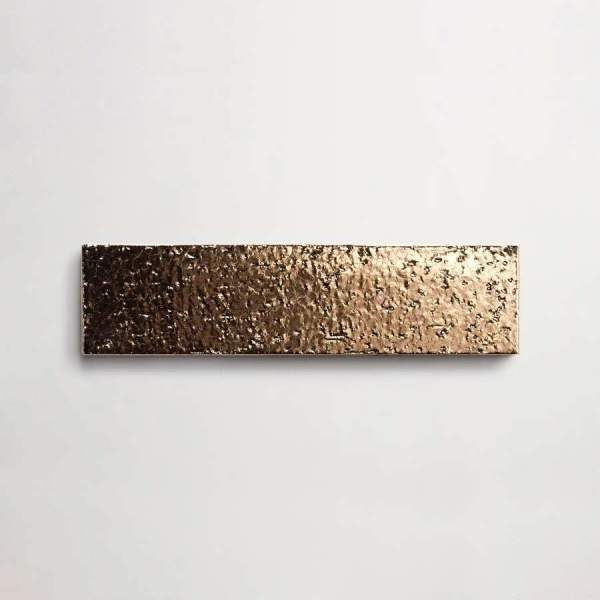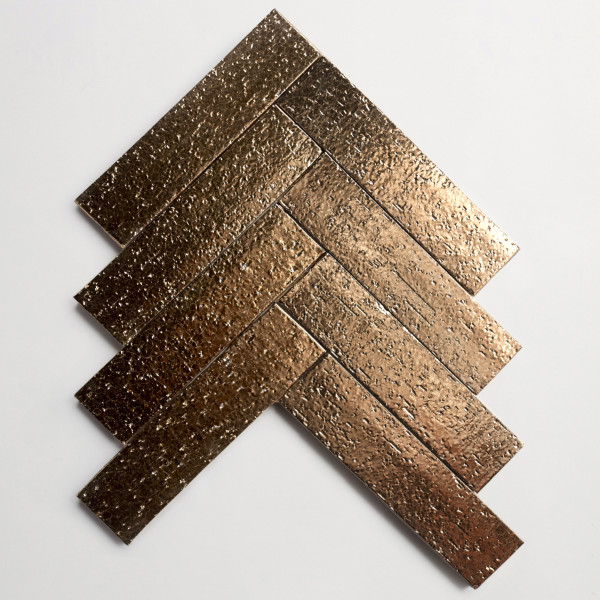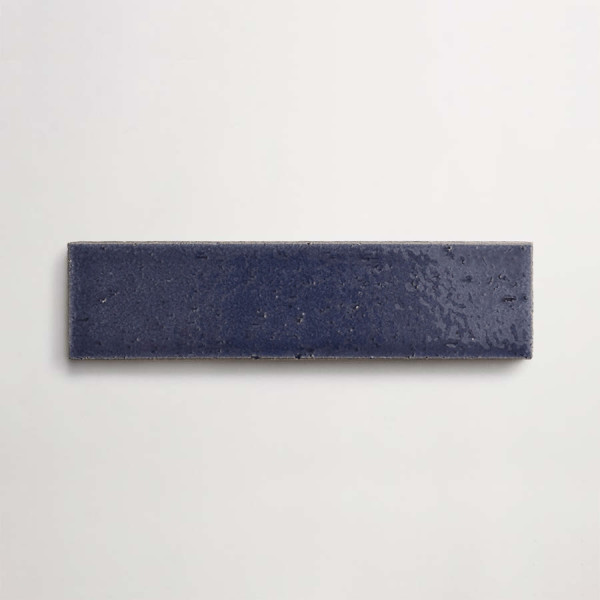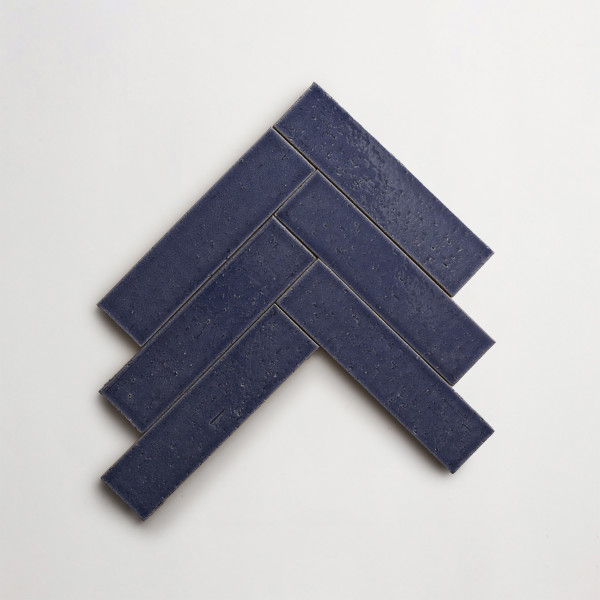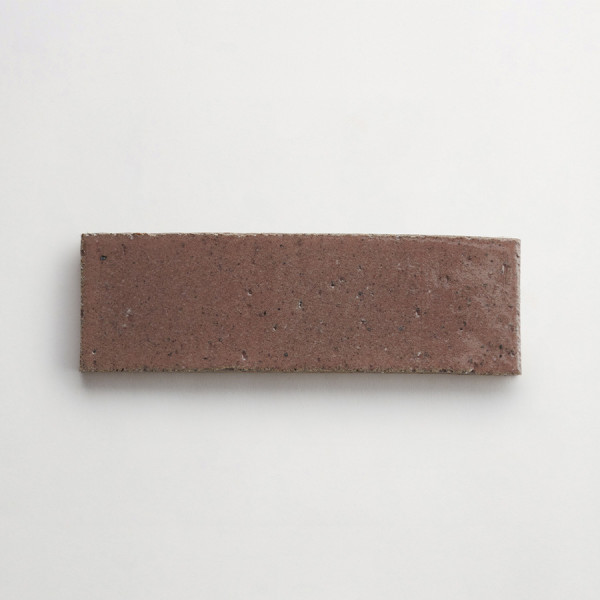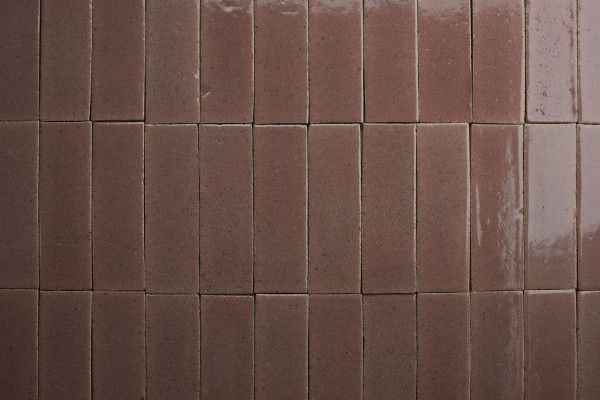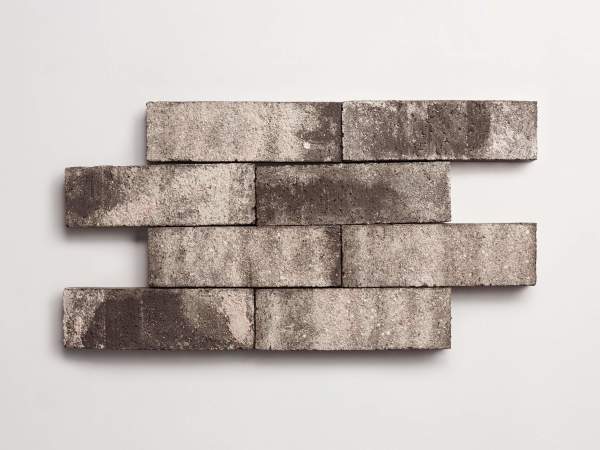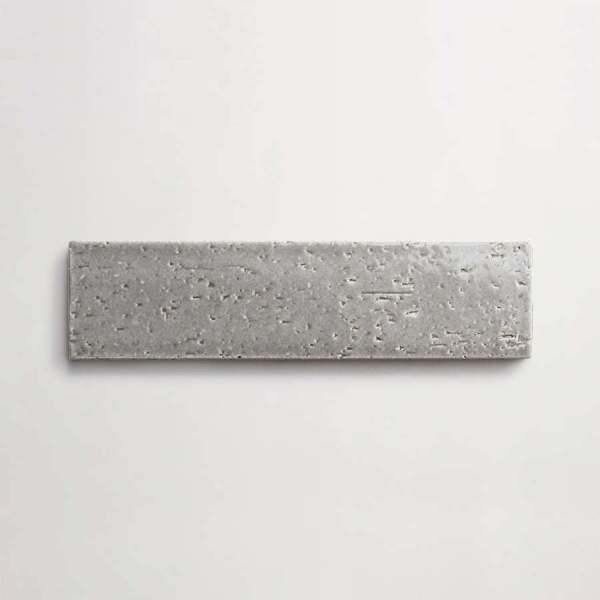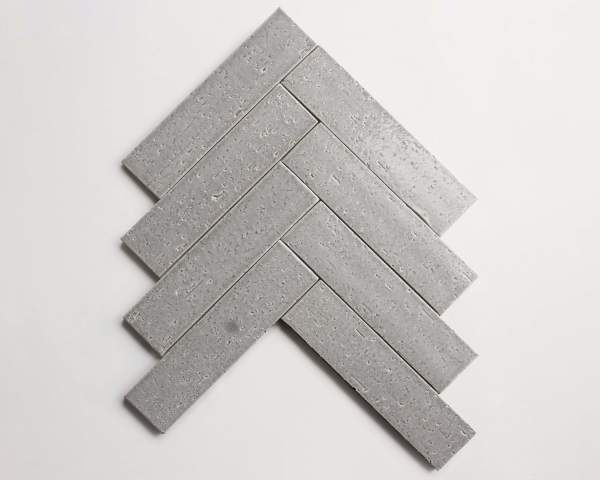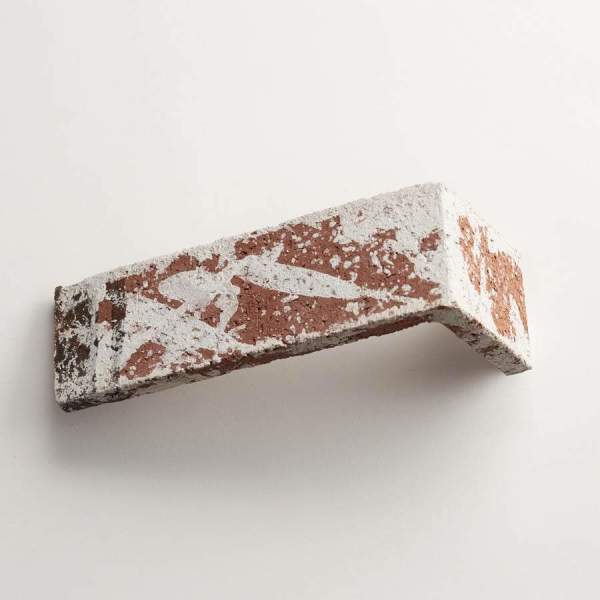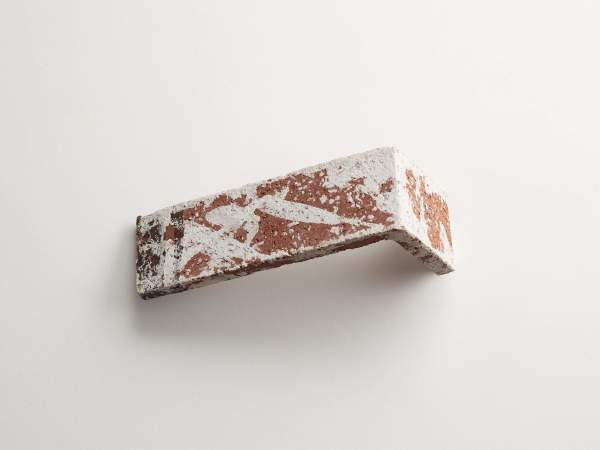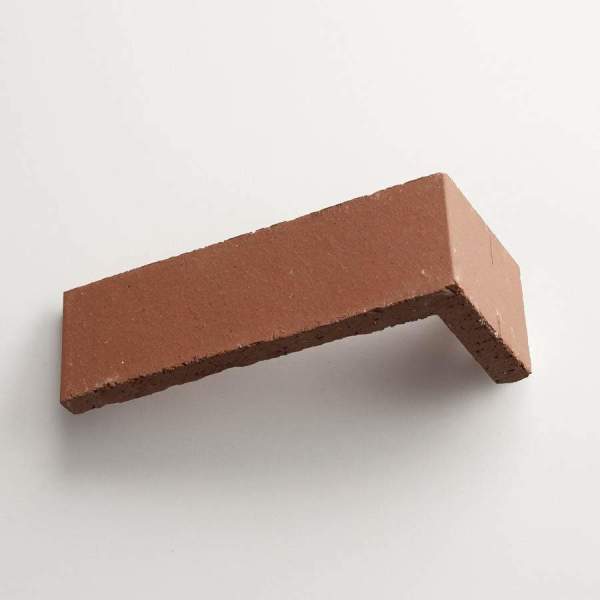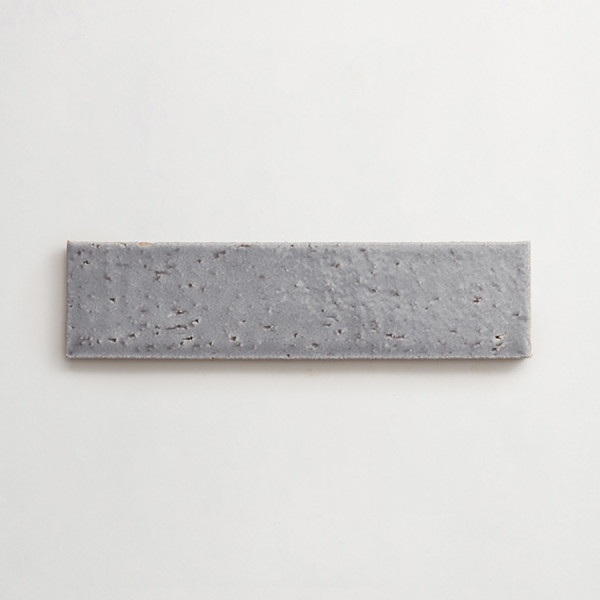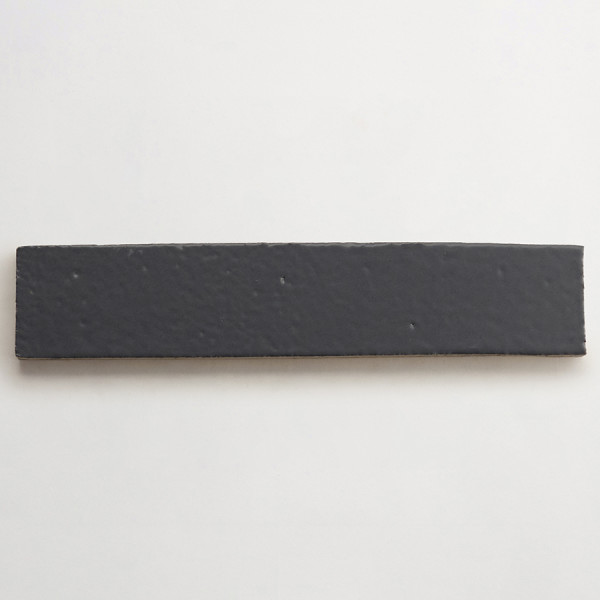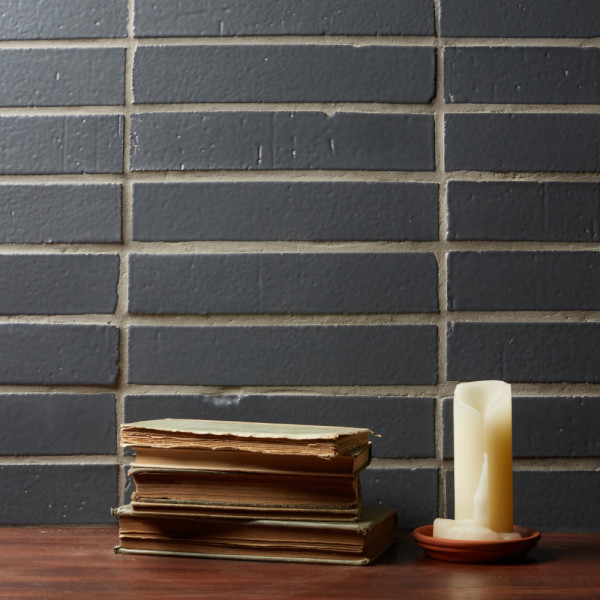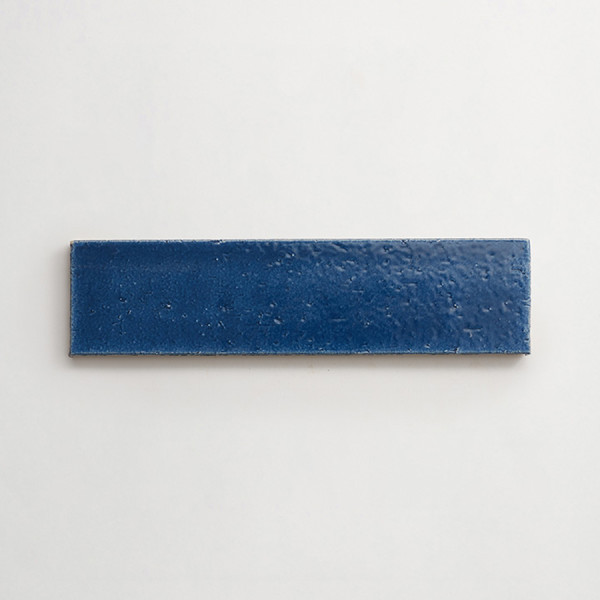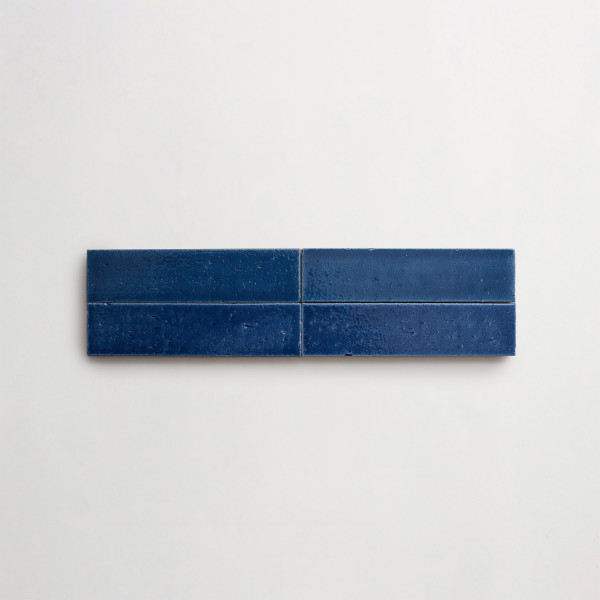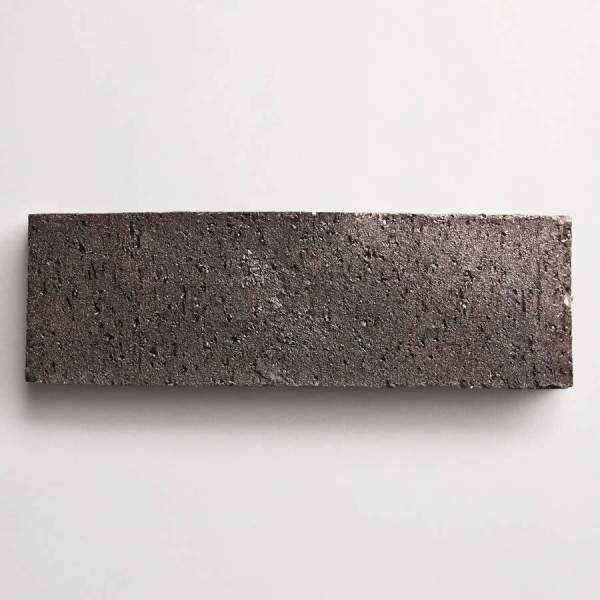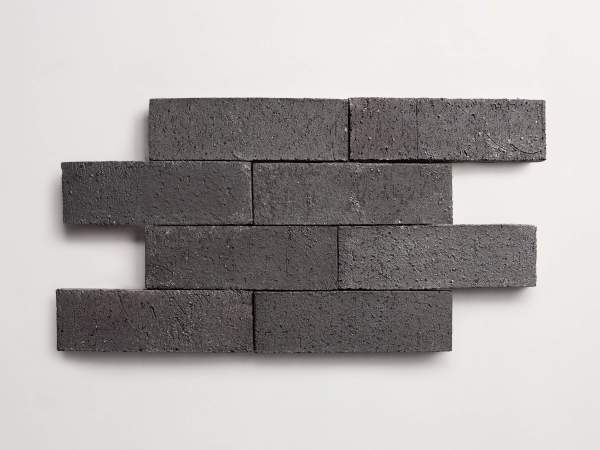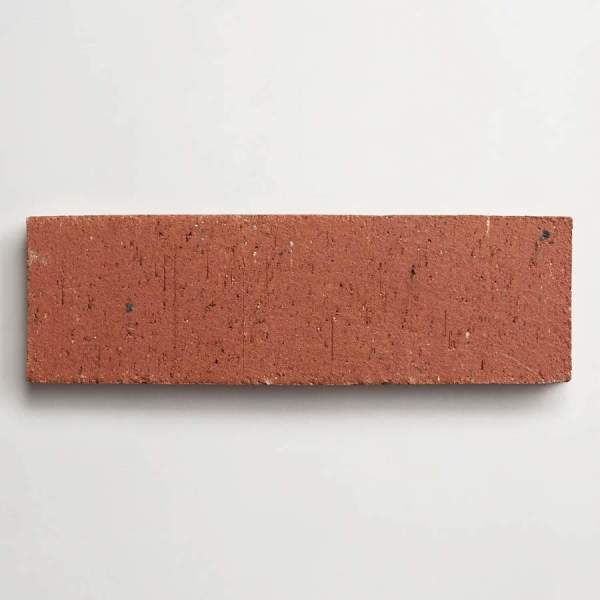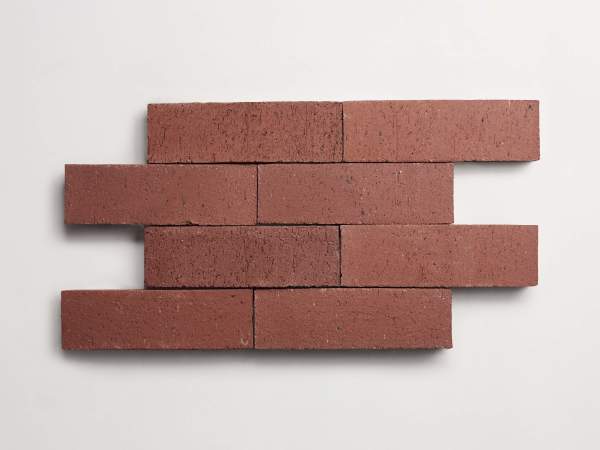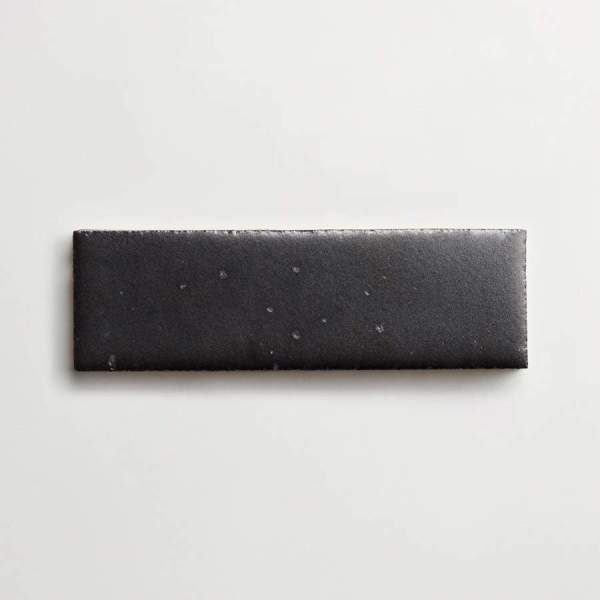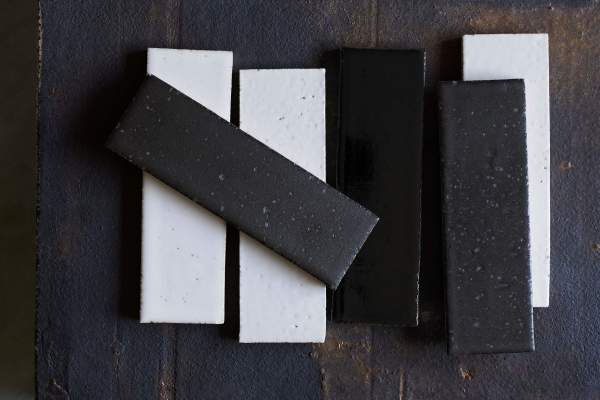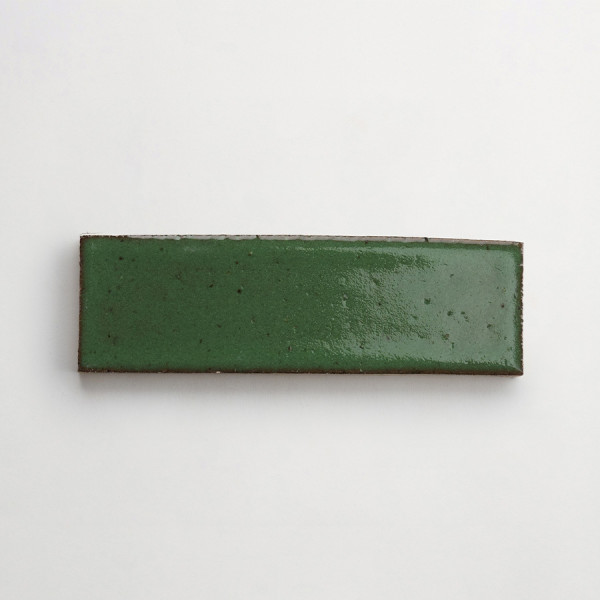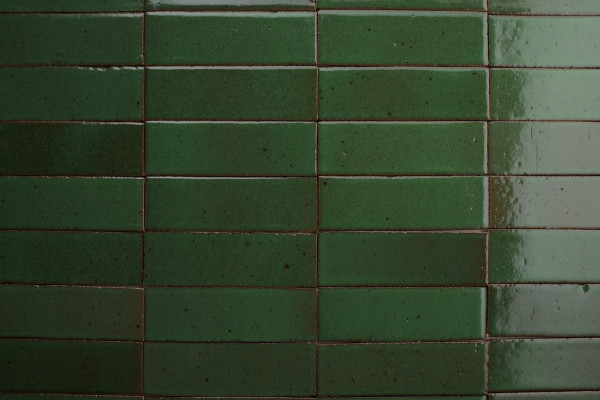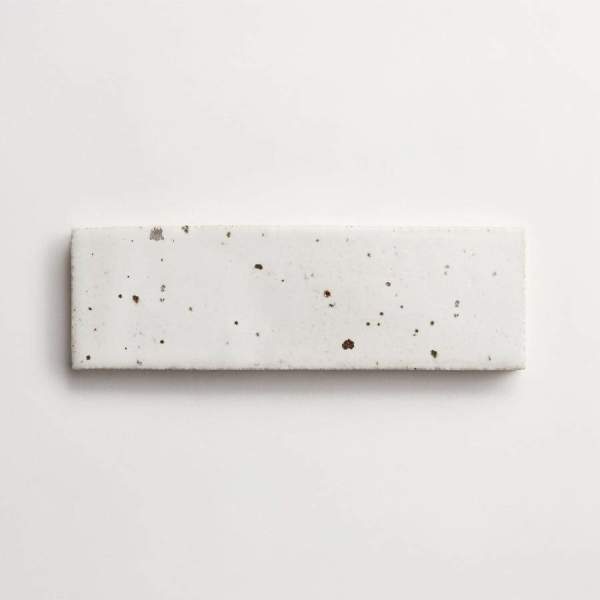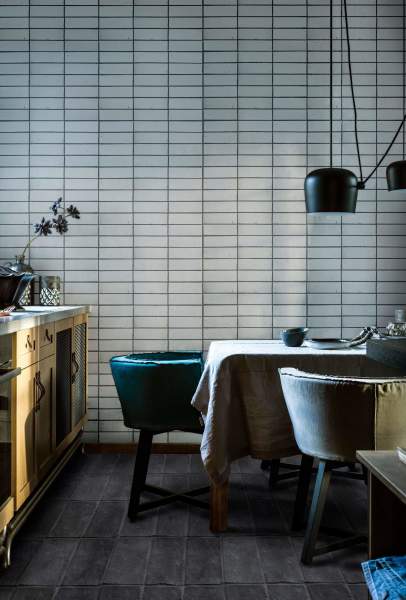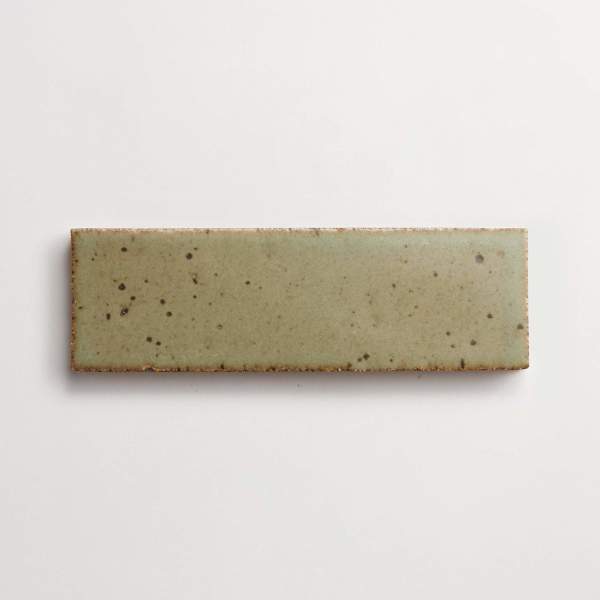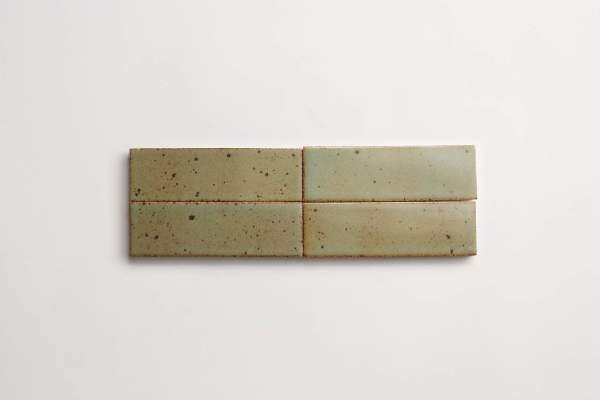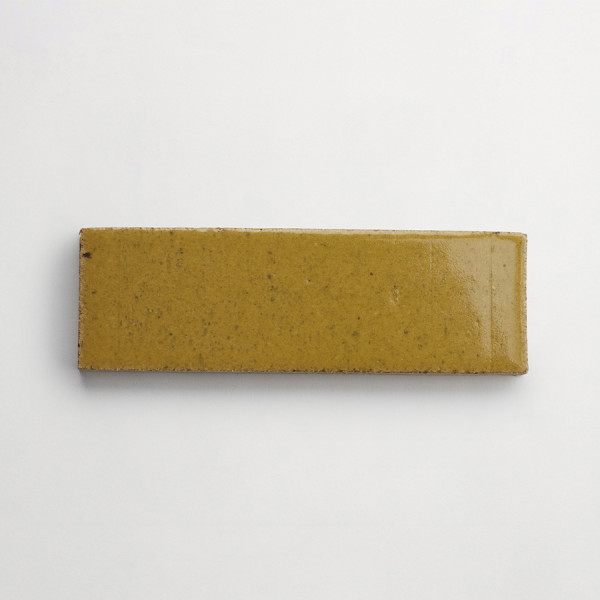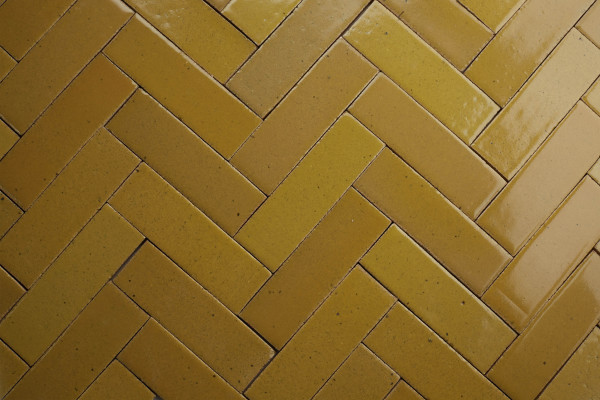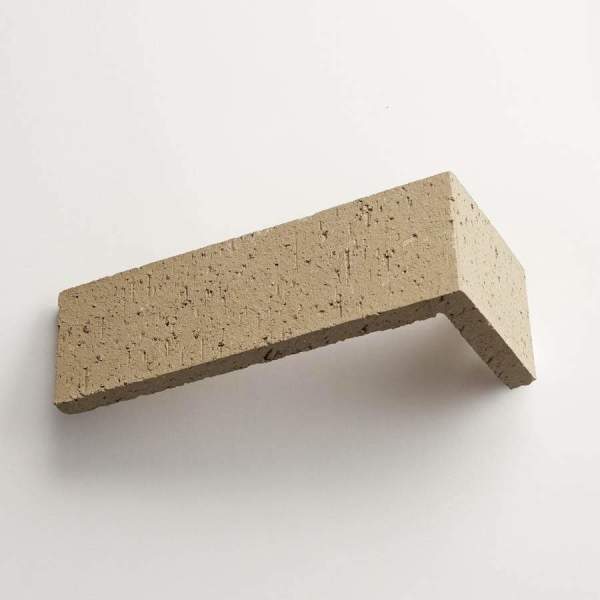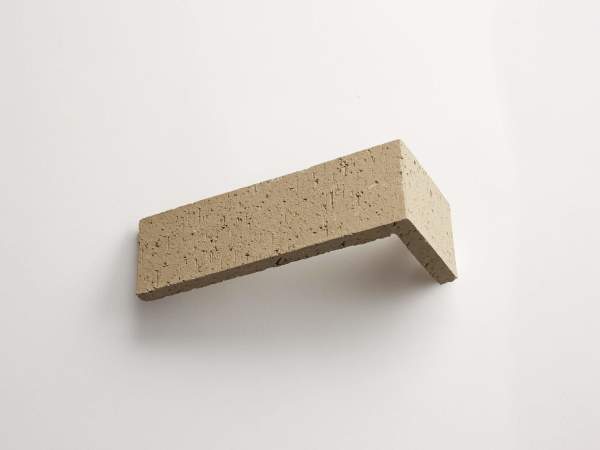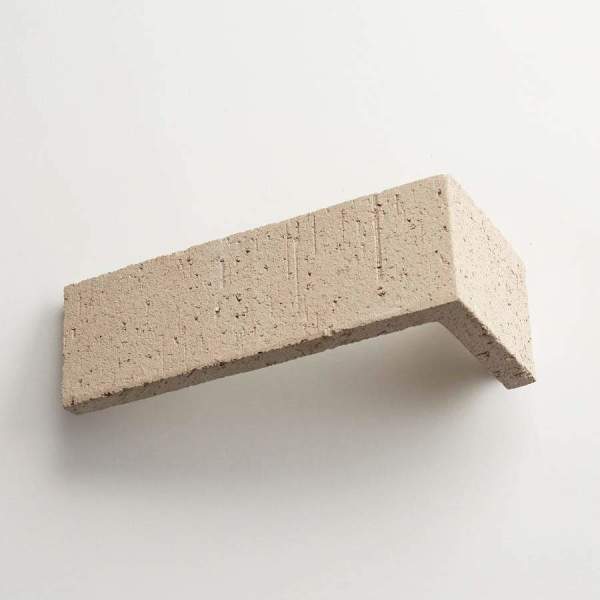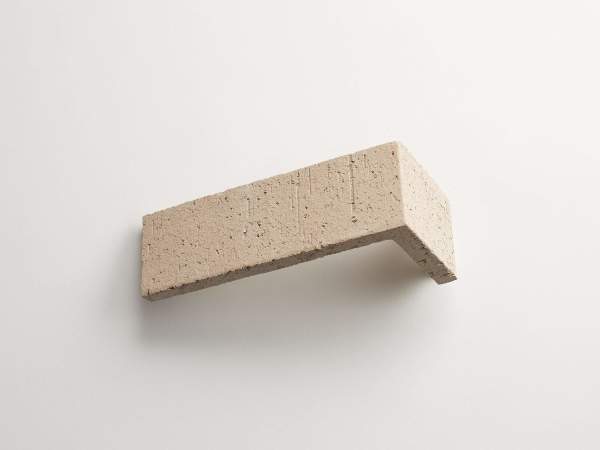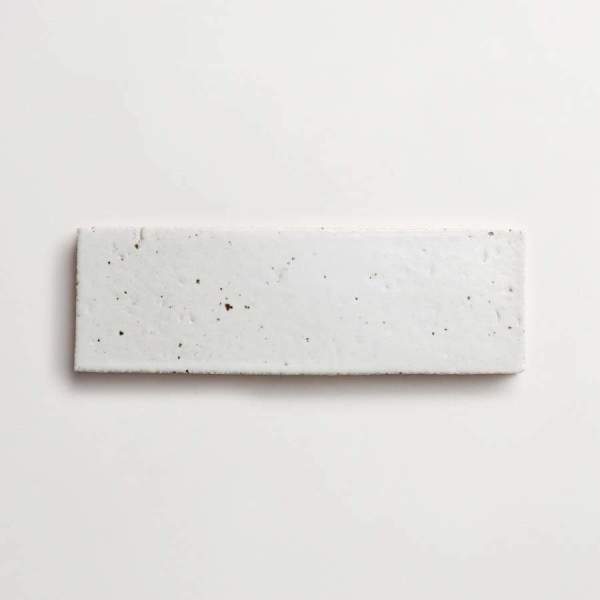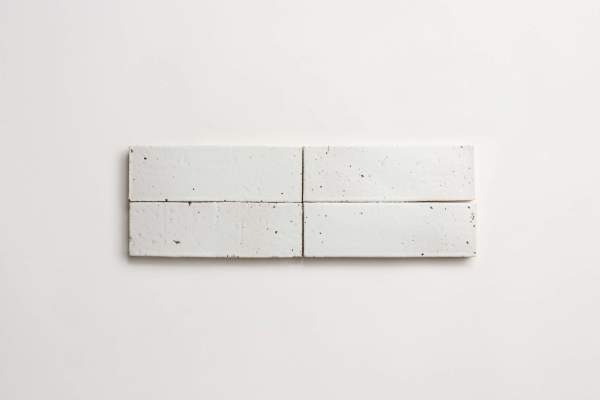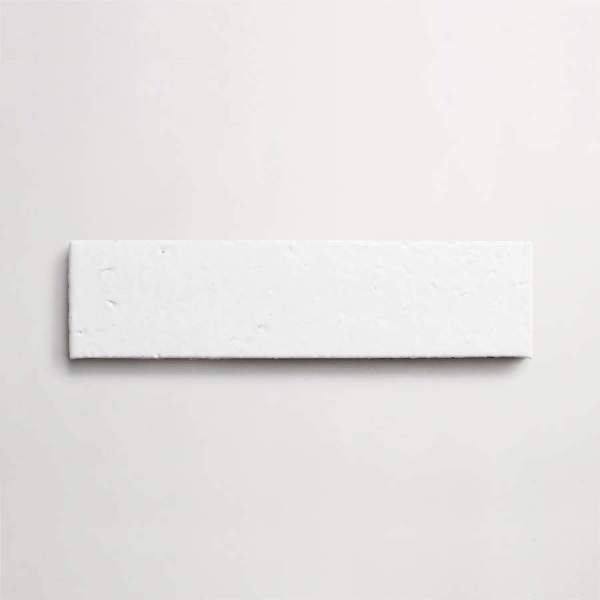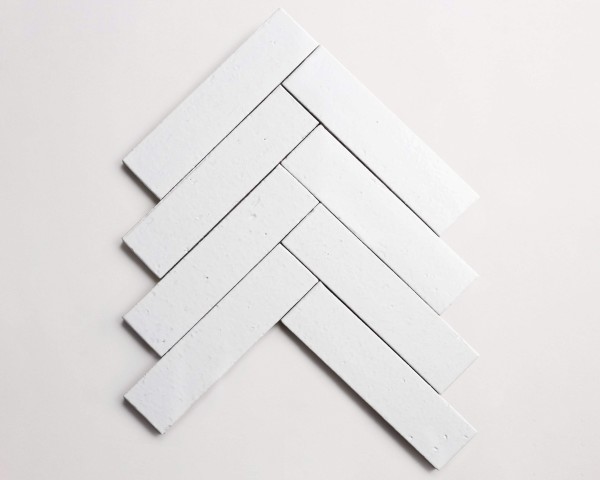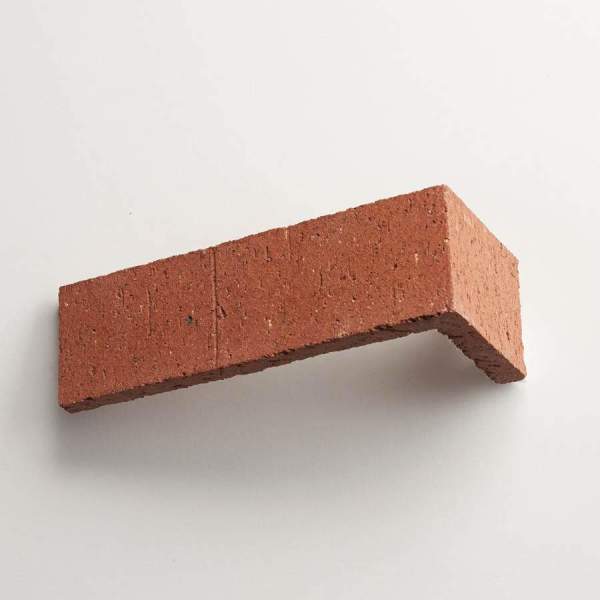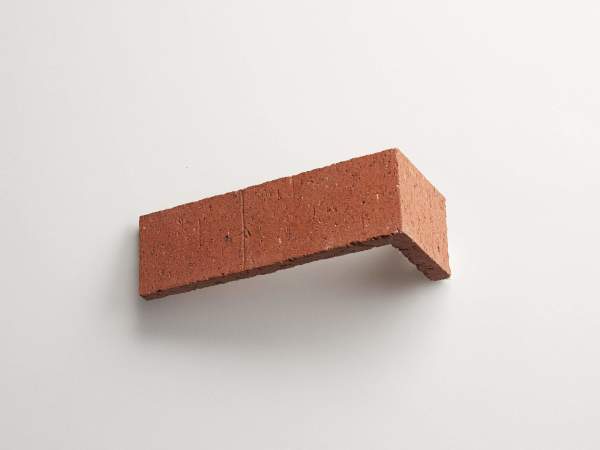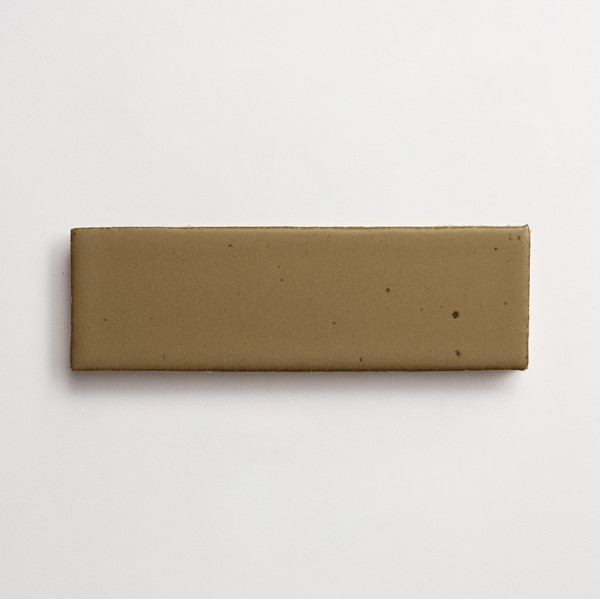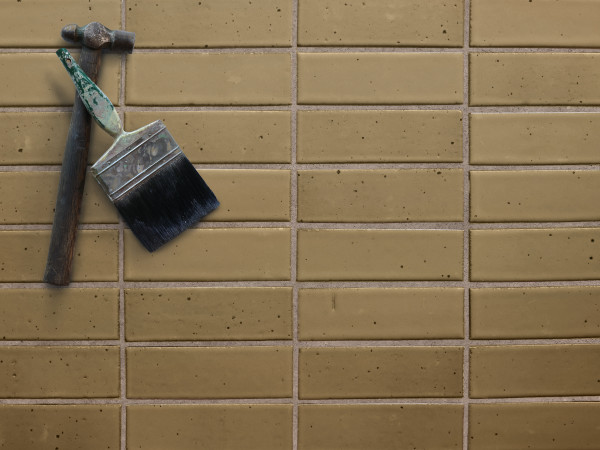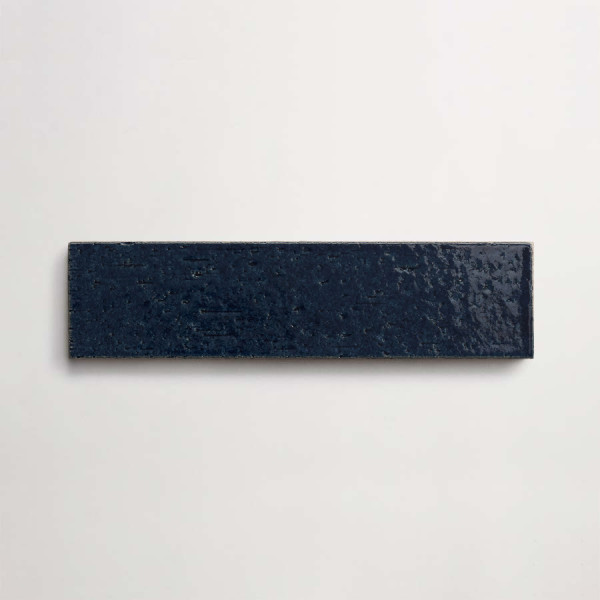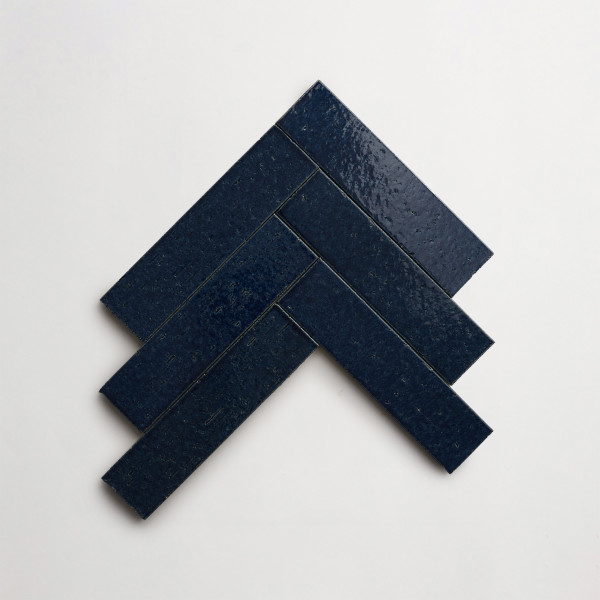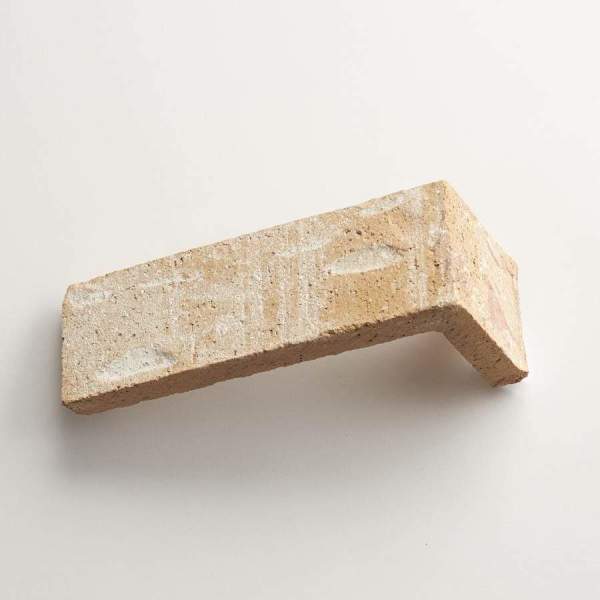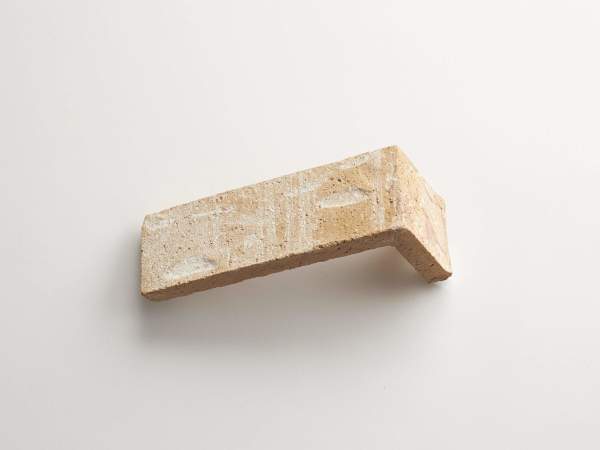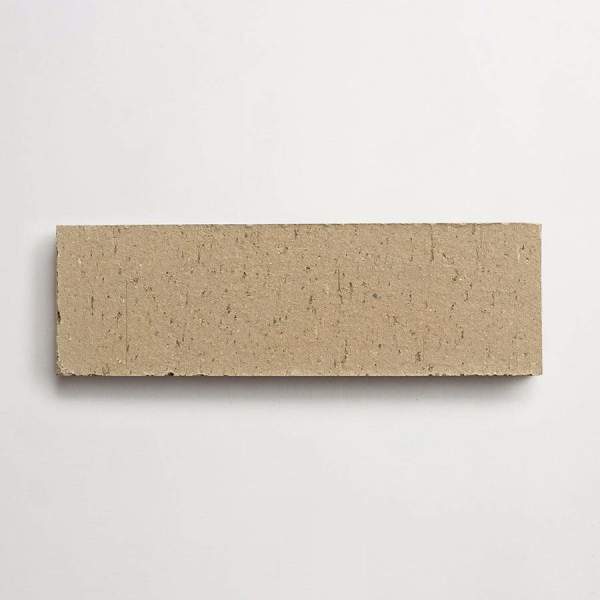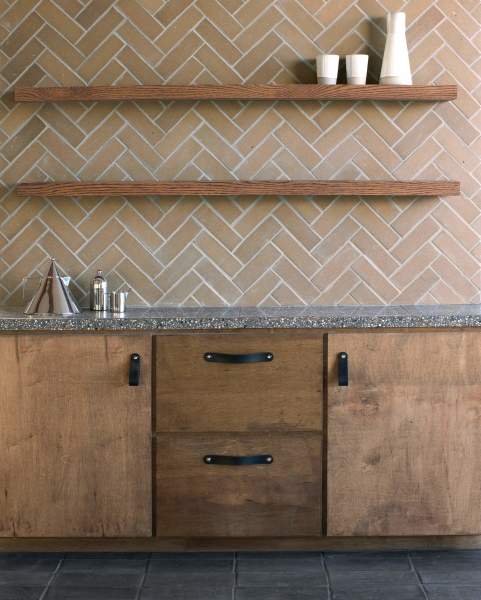shop all brick tiles
Brick Tile FAQ
what is the difference between brick and brick tile?
the primary difference between brick and brick tile lies in their thickness, weight, and application:
-
traditional brick is a full-sized, structural material typically used in construction. standard bricks are several inches thick and are designed to bear loads and form brick walls, chimneys, facades. they're heavy and require more intensive installation, often with mortar and support structures.
-
brick tile (also called thin brick tile or brick veneer) is a slim, lightweight slice of actual brick or a brick-look tile. it offers the same aesthetic as traditional brick but is only about ½” thick, making it ideal for non-structural applications like backsplashes, fireplace surrounds, wall tile, or even floor tile. brick tile and brick-look tile are easier to install and don't require the same structural considerations as full brick.
in short, traditional brick is structural, such as for brick walls, while brick tile is decorative, offering the charm of brick in a format that works in more versatile interior and exterior design contexts.
which type of brick tile is best?
the best type of brick tile depends on your tile installation project needs, but here are a few standout options commonly favored for their durability, aesthetics, and versatility:
1. handcrafted or artisan brick tile
-
best for: high-end, design-focused spaces
-
why: these tiles are made by skilled artisans and often feature variations in tone, texture, and finish, giving a rich, organic appearance. perfect for creating warmth and individuality in interiors and great for tile patterns such as herringbone or standard brick layouts.
2. glazed brick tile
-
best for: kitchens, bathrooms, and areas where easy cleaning is essential
-
why: with a glossy or satin glaze, these tiles provide a sleek finish, are water-resistant, and come in a range of colors—from earthy neutrals like taupe to bold jewel tones.
3. thin brick veneer
-
best for: exterior facades or areas needing a lightweight alternative to full brick
-
why: offers the look of traditional brick but is easier to install and maintain, especially when weight or thickness is a constraint.
4. reclaimed brick tile
-
best for: authentic, rustic or industrial looks
-
why: made from salvaged bricks, reclaimed brick tiles offer attractive character, patina, and sustainability. they’re dependable for feature wall tile, fireplace tile, and floor tile in both traditional and contemporary settings.
for a balance of authenticity, performance, and style, many designers choose handcrafted brick tiles from curated collections like those by clé, which provide tactile texture, rich color, and a sense of story that machine-made options often lack.
how durable is thin brick tile compared to traditional brick?
thin brick tile is highly durable, but it differs from traditional brick in a few key ways:
durability comparison:
-
thin brick tile is often made from the same material as traditional brick—typically clay—but it’s sliced thinner (usually about ½ to ¾ inch thick). this makes it lightweight and easier to install without sacrificing much in terms of surface strength.
-
while traditional brick is load-bearing and suited for structural applications, thin brick is purely decorative. it won’t withstand the same heavy impacts or pressure but holds up extremely well when used as wall tile, or for backsplashes, fireplaces, and even floors when installed properly.
-
for interior applications and low- to moderate-traffic areas, thin brick tile performs very well and can last for decades. for high-traffic floors or outdoor use, it needs proper sealing and installation over a strong substrate.
bottom line:
thin brick tile is less structurally robust than full brick but plenty durable for most aesthetic applications. it offers the authentic look of brick with more flexibility and easier handling, making it a great choice for both renovations and new design-focused tile installations.
can brick tile be used in wet areas like bathrooms or kitchens?
yes, brick tile can be used in wet areas like bathrooms and kitchens—but with proper sealing and installation.
key considerations:
-
porosity: brick tile is naturally porous, meaning it isn’t as waterproof as porcelain tile and can absorb water if left unsealed. it’s not recommended for high-moisture areas like countertops. it’s essential to apply a high-quality penetrating sealer to the tile and grout to prevent moisture damage, staining, and mold growth.
-
slip resistance: for floors in wet areas, brick tile provides a naturally textured surface that can be slip-resistant, especially when sealed with a matte or non-gloss finish.
-
grout and maintenance: use a water-resistant grout and consider periodic resealing, especially in high-moisture zones like showers or backsplashes behind sinks and stoves.
applications:
-
kitchen backsplashes and accent walls: brick tile adds warmth and texture and is ideal when sealed against splashes and steam.
-
bathroom floors and walls: with the right prep and protection, brick tile can bring a rustic or industrial feel to wet zones.
-
showers: while not as common, it can work in shower walls (and with glazed types of brick tile, shower floors, too) if the tile, grout, and substrate are fully waterproofed and meticulously maintained.
with the right care, brick tile can thrive in wet environments while delivering timeless texture and charm.
what are the benefits of glazed brick tile?
glazed brick tile offers a combination of durability, beauty, and versatility that makes it a standout choice for both interior and exterior applications. here are some key benefits:
-
stain and water resistance: the glaze creates a non-porous surface that resists water, stains, and spills—making glazed brick ideal for kitchens (even countertops), bathroom floors and walls, and exterior walls.
-
easy to clean: thanks to its smooth, sealed finish, glazed brick tile is easy to wipe down, requiring minimal maintenance compared to unglazed or natural materials.
-
color variety and depth: the glazing process allows for a rich spectrum of colors, finishes, and tones—ranging from high-gloss jewel tones to earthy matte hues—adding depth and personality to a space and making it ideal for artful installations like accent walls or patterns such as herringbone, basketweave, or chevron.
-
durability: glazed brick retains the strength of traditional brick with an added layer of protection, making it suitable for high-traffic or high-moisture areas.
-
reflectivity: especially in glossy finishes, glazed brick can reflect light and brighten up darker spaces, adding visual interest and a polished aesthetic.
-
design versatility: from modern kitchens to rustic backsplashes, the variety of finishes and colors allows for creative freedom across styles and environments.
in short, glazed brick tile combines artisanal beauty with practical benefits, offering a timeless, hardworking surface with undeniable design impact.
